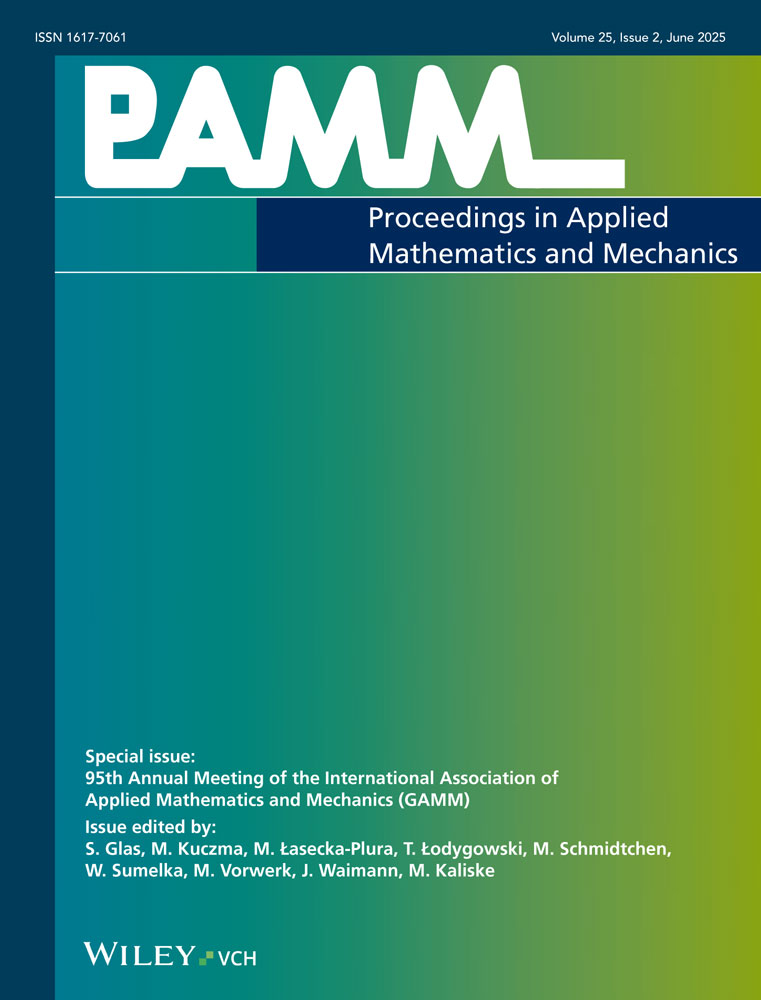Numerical Modeling and Simulations of Dielectric Elastomer Actuators for Thin Structures
Abstract
The contribution is concerned with a finite element formulation that deals with thin structures made from dielectric elastomer material. For that a special solid shell formulation, which uses eight nodes per element and four degrees of freedom (three displacements and one for the electric potential) per node, is presented. It is based on a Hu-Washizu mixed variational principle using six independent fields: displacements, electric potential, strains, electric field, mechanical stresses, and dielectric displacements. In recent years structures made from dielectric elastomers have been investigated by many researchers. This interest is caused by the ability of such devices to efficiently transform electric energy into mechanical work at inexpensive cost of production. The efficiency increases with a higher area to thickness ratio, thus the need to accurately simulate thin structures is well-founded. On the other hand a 3d description of the constitutive behavior is necessary to capture all nonlinear effects arising from the material. Thus a 3d constitutive law with respect to the electro-mechanical coupling incorporated in a finite element solid shell formulation is presented. Some examples demonstrate how it deals with finite strains and large deformations of thin structures by applying electrical loading conditions. The analyzed devices respond with elongation, bending, or buckling, depending on the mode of activation. The electrically induced buckling can be utilized to obtain large deformations. (© 2012 Wiley-VCH Verlag GmbH & Co. KGaA, Weinheim)




